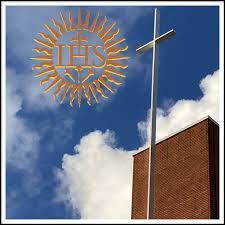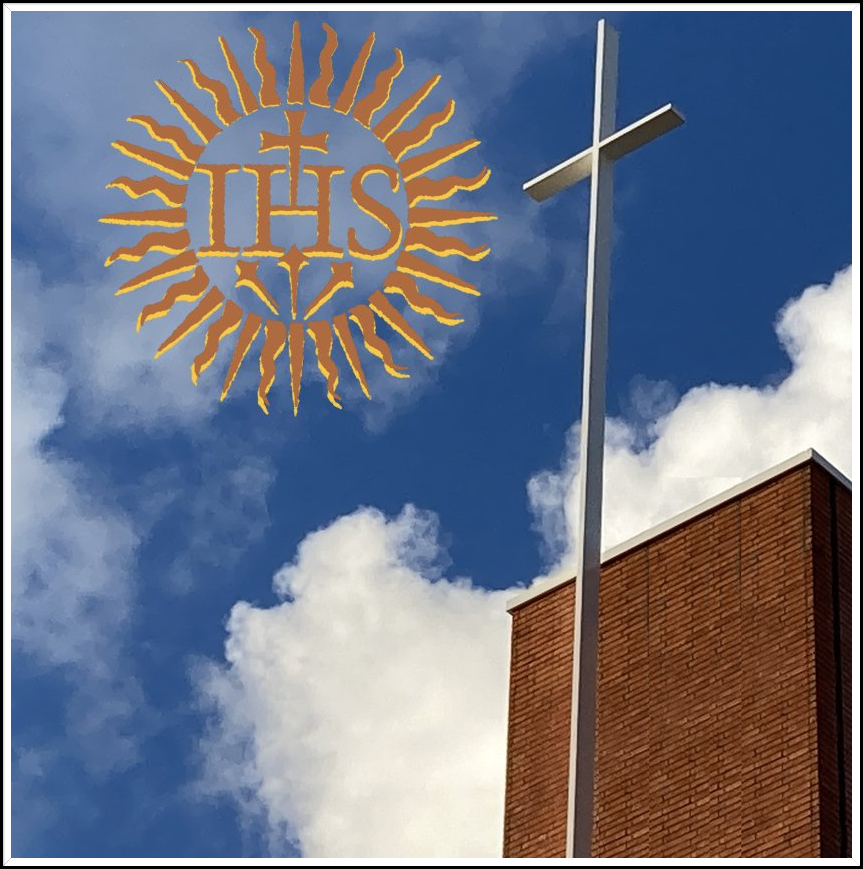Rest on the Flight into Egypt
December 28, 2025
How can they sleep? Joseph awkwardly
pillows his head on a ledge in the sand,
and Mary between the Sphinx’s stone paws
leans back with the child aglow in her lap.
Yet they are sleeping. The smoke of their fire
pays out a vanishing thread to heaven.
Their donkey grazes on bones of grasses,
his saddle a shelter for darkened sand.
There are no stars. Perhaps they have fallen,
increasing the grains of drifted sand.
But, no. It is dawn. The statue has seen it,
and so has the child – high in the east.
The donkey goes on breaking its fast.
The exhausted parents continue to sleep.
And two pairs of eyes, a child’s and a monster’s,
keep their watch on a world of sand.
On this feast of the Holy Family, it’s good to remember that notwithstanding the chromolithographs of the house in Nazareth we may have seen in long-ago catechism classes, the reality that the early chapters of Matthew’s gospel lays out for us is not so sanguine. The visit of the Magi and the cosmic witness of the star provoke Herod’s jealous wrath and the opposition of the powerful. A family flees into exile from Herod’s pogrom, strangers fleeing into the strange land. Egypt had been the house of slavery for their Hebrew ancestors, and now, ironically, it becomes a saving refuge.
Innocents, indeed innocence itself, are lost. What remains is the hope that the Child’s eyes will remain open to see us in our need, and be our refuge against monsters that still roam in deserted places.
[Painting by Luc-Olivier Merson, Poem by Mark Jarmon]
Blessings,

